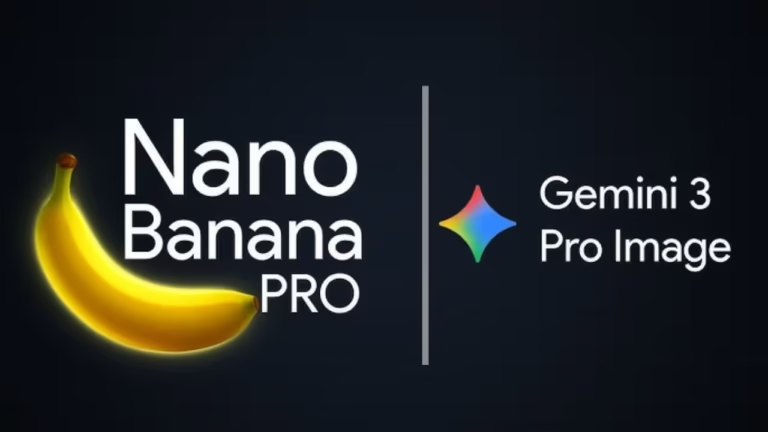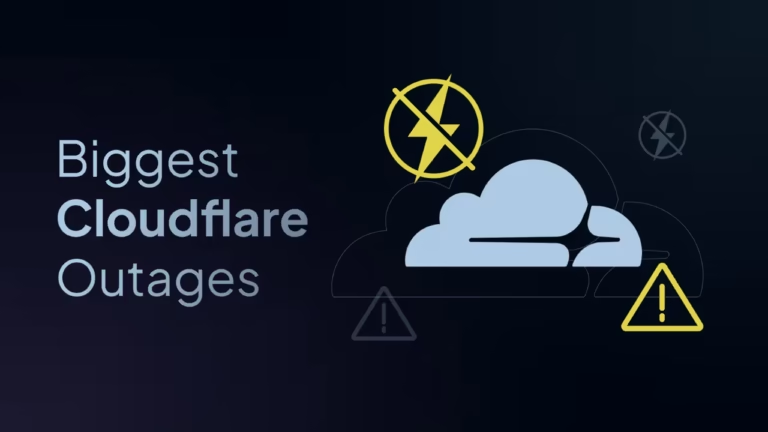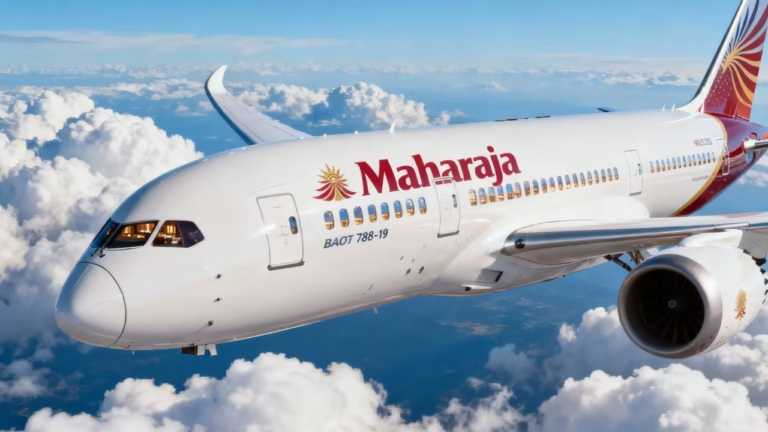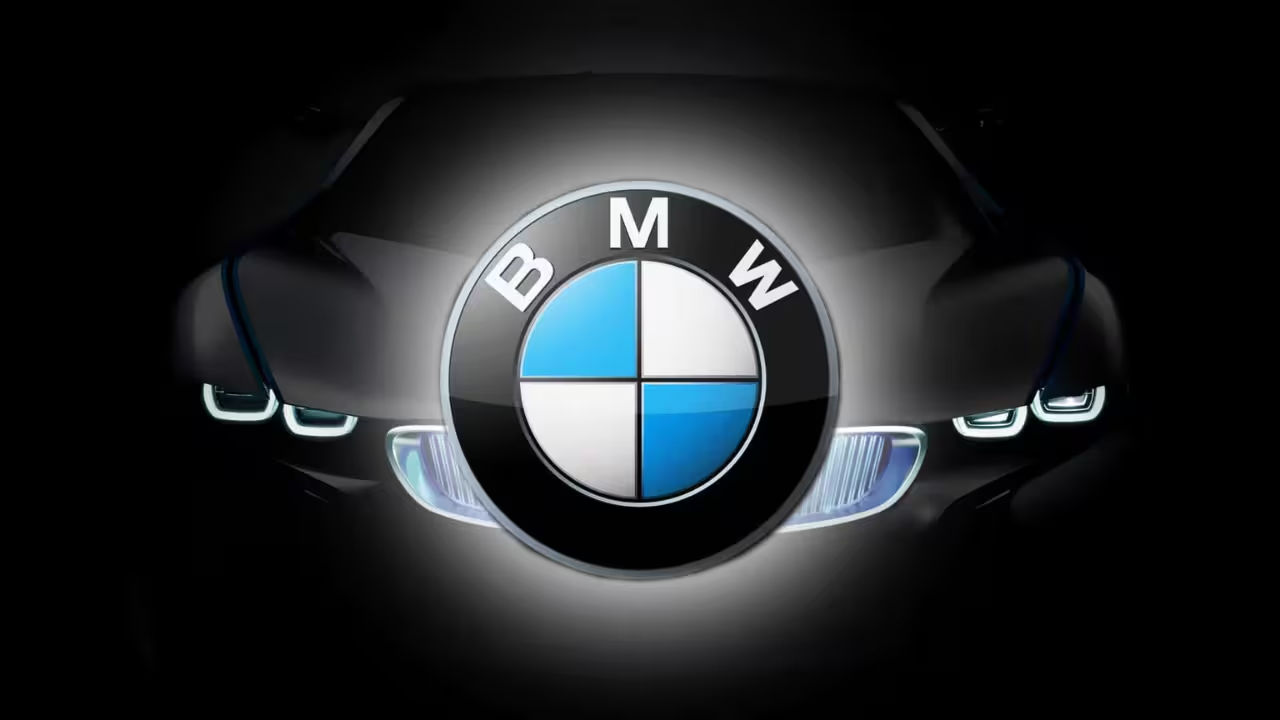
BMW Group India sets a new benchmark in 2025 with record-breaking sales driven by EVs and luxury long-wheelbase models.
Published on: October 11, 2025 at 17:57
2025 is shaping up to be a landmark year for BMW Group India. In the first nine months alone, BMW + MINI sold 11,978 cars—a growth of around 13 % year-on-year—and the company also delivered 3,976 motorcycles through BMW Motorrad.
What makes this performance even more striking is how BMW is reshaping its sales mix: electric vehicles, long-wheelbase sedans, digital retail initiatives — all pulling more weight than ever. In this blog, we’ll break down what’s driving BMW India’s record run in 2025, what it signals for the luxury auto segment, and what challenges may lie ahead.
The Growth Engines: EVs, LWB Models & Strategic Pricing

Electric Vehicles gaining ground
One of the standout facts: among BMW + MINI’s total sales in Jan–Sep 2025, 2,509 units were EVs, representing a 246 % year-on-year growth and pushing EVs to ~21 % of total sales.
This is no small feat in a market where average EV penetration among all passenger vehicles is far lower. BMW’s strategy: a premium EV portfolio (iX1, i7, iX, etc.), bundled charging infrastructure, and brand prestige are all playing into buyer confidence.
Long Wheelbase (LWB) sedans steal spotlight
BMW’s extended-wheelbase models are also hitting high demand. In 2025 thus far, LWB models grew by ~169 % year-on-year and now account for nearly half of total car sales of the BMW brand in India.
The reasons are intuitive: the premium segment in India values extra rear-seat comfort, chauffeur appeal, and status. BMW appears to have aligned its portfolio to that premium sensibility.
Pricing & tax reforms giving a lift
In September 2025, a restructured GST (Goods & Services Tax) regime lowered the effective tax burden on luxury cars, triggering price cuts (for some models up to ₹9 lakh) and prompting a spike in demand.
This timing was crucial: the demand boost coincided with major Indian festivals, which traditionally drive car buying. BMW also reported that its Q3 sales (July–Sept 2025) jumped ~21 % over Q3 2024, making it the best quarterly performance ever for the company in India.
These combined factors — EV push, LWB attraction, favorable pricing — act as the main pillars of BMW’s 2025 surge.
ALSO READ| Honda Drops Prices by up to ₹18,887 After GST Cut — Which Bikes Got the Big Breaks?
TWhat This Tells Us: Market Trends & Competitive Signals
Luxury auto is maturing in India
BMW’s success isn’t isolated — it points to the rising institutionalization of the luxury auto segment in India. Younger, affluent buyers are looking beyond emblematic value and considering performance, sustainability, technology, and ownership experience.
In that landscape, having a strong EV offering and digital-first customer journey is increasingly non-negotiable.
The EV premium gap is narrowing
BMW’s EV growth suggests that premiums for electric models are becoming more palatable, especially among luxury buyers. When the supporting infrastructure (charging, servicing) is aligned, the psychological barriers begin to fade.
The fact that BMW’s EV share (~21 %) is much higher than the national average for EV adoption hints at how the luxury segment may lead — rather than follow — the broader market.
Competitive pressure intensifies
BMW’s momentum raises the bar for rivals like Mercedes-Benz India, Audi, Volvo, and new entrants in the luxury EV space. To stay relevant, competitors will need to invest aggressively in EV portfolios, customer experience, and smart pricing strategies, or risk being left behind.
Also, global challenges such as currency fluctuations, supply chain constraints, and component costs (especially for EVs) could test whether BMW’s growth is sustainable beyond favorable conditions.
Risks, Challenges & What BMW Must Do Next
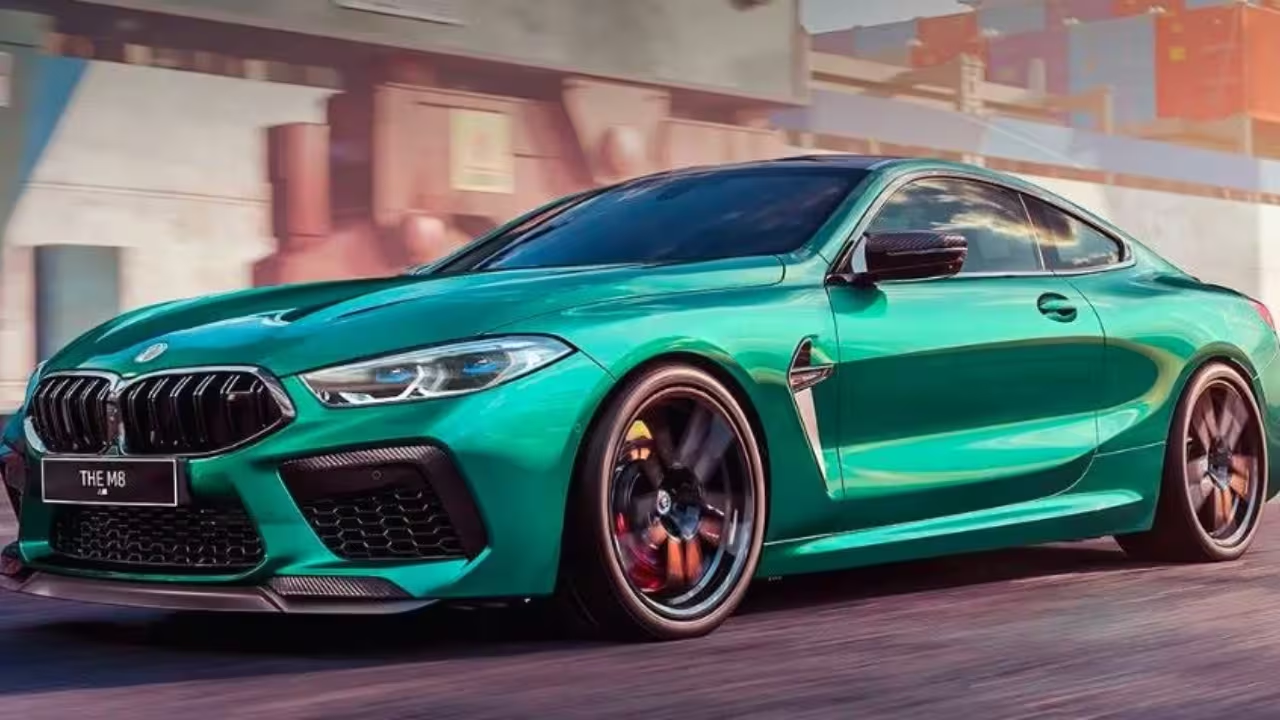
Supply bottlenecks & chip shortages
One immediate risk: global supply chain disruptions (especially semiconductors and battery components) can throttle BMW’s ability to meet surging demand. If orders outpace inventory, customer wait times may erode brand goodwill.
Margins under pressure
Aggressive pricing to benefit from tax cuts is a double-edged sword. While volume may rise, margins may be squeezed — especially for EVs where battery cost declines are still ongoing. BMW must balance between growth and profitability.
Charging infrastructure & consumer anxiety
While BMW is offering charging support, the broader ecosystem (fast chargers, charging reliability, grid stability) must scale. If consumers encounter charging inconveniences, it could slow down EV adoption momentum.
Keeping the experience premium
As volumes grow, maintaining high standards in sales service, vehicle delivery, and aftersales will be critical. Luxury buyers expect seamlessness at every touch. A failure here could tarnish the premium image.
BMW must continue investing in dealer training, digital retail platforms, connected service, and brand experience to maintain trust and satisfaction.
BMW Group India’s performance in 2025 is not just a record number — it’s a statement of how luxury, electrification, and consumer expectations are converging in India’s auto market. The combination of bold product strategy, smart pricing alignment, and readiness to serve the luxury buyer is shining through in these results.
As someone who’s passionate about the intersection of cars, innovation, and business, I see this as a turning point. The wins are real today, but how BMW navigates the next challenges — supply constraints, margin pressures, infrastructure — will decide if this becomes a sustainable legend or just a memorable peak.
